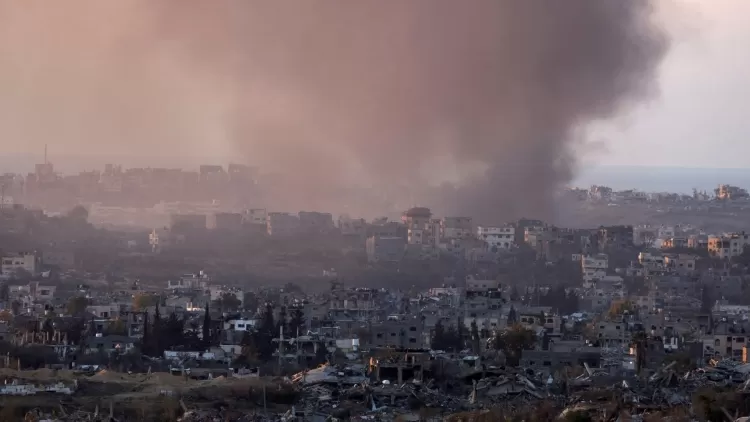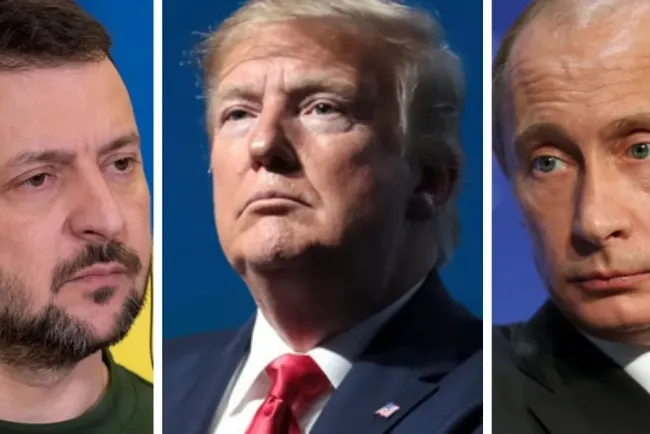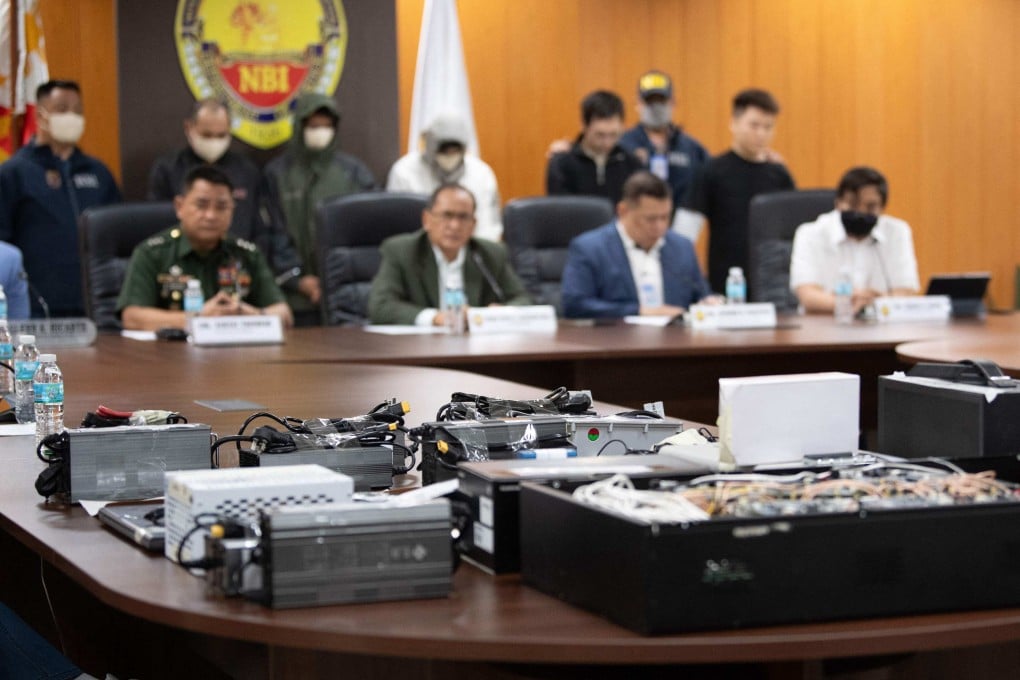Tensions in the West Bank and Gaza: A Region on Edge Amid Israeli Airstrikes and Ceasefire Talks
Ongoing fighting in Janine and Gaza has led to casualties, including a 73-year-old man killed in an Israeli raid. Meanwhile, efforts to restart negotiations for a Gaza ceasefire are underway, with international mediators working to bring both Israel and Hamas to the table. What does this mean for the future of peace in the region?

Rising Tensions in the West Bank and Gaza
The situation in the West Bank and Gaza remains volatile as Israeli forces continue their operations in the region. In the latest escalation, Israeli airstrikes targeted the Janine refugee camp, a flashpoint for violence in the West Bank, leaving a trail of destruction. The Palestinian Health Ministry reported that Israeli forces killed five people in separate airstrikes on Saturday, exacerbating the already tense situation. This latest raid follows a deadly series of airstrikes across the occupied territories, including the tragic killing of a 73-year-old man in Janine.
The visuals from Janine show buildings engulfed in smoke after explosions, underscoring the growing humanitarian crisis in the area. The violence in Janine is part of a broader conflict that has seen both sides exchange hostilities, with Israel's military continuing its operations aimed at dismantling Palestinian militant groups.
Main Developments: Ceasefire Talks and Humanitarian Efforts
As the conflict continues, efforts to negotiate a ceasefire are intensifying. The Qatari Prime Minister, in a joint news conference with the Foreign Minister of Turkey, called on both Israel and Hamas to begin negotiations for phase two of the Gaza ceasefire. While he emphasized that there is no clear timeline for when talks will begin, he expressed hope that there would be progress in the coming days. Qatar's role as a mediator between Israel and Hamas has been significant, as the country has engaged both parties to facilitate discussions on a lasting ceasefire.
In response to the ongoing violence, Israeli and Palestinian authorities have engaged in several rounds of prisoner exchanges, with three Israelis released in exchange for 183 Palestinian prisoners on Saturday. These exchanges, though temporary, signal a fragile hope for diplomacy amidst the violence. Meanwhile, protests in Tel Aviv have demanded the return of hostages from Gaza, highlighting the growing public pressure on the Israeli government to address the situation.
Humanitarian aid has also become a focal point, with the Rafah border crossing between Gaza and Egypt reopening for the first time since May 2024. The United Nations and humanitarian organizations have used this crossing to transport Palestinian patients, including injured militants and civilians, for medical treatment in Egypt. This reopening represents a rare glimpse of cooperation amidst the broader conflict, providing some relief to those in desperate need of care.
The International Dimension: Syrian Diplomatic Shifts
Amidst the escalating violence in Gaza and the West Bank, diplomatic developments in the wider Middle East have also captured attention. In Syria, Ahmed al-Arar, the country's new ruler, made his first international visit to Saudi Arabia since taking power following the fall of Bashar al-Assad. This visit marks a significant moment in the region's political realignment, as Saudi Arabia, through King Salman and Crown Prince Mohammed bin Salman, extended congratulations to al-Arar on his appointment. This diplomatic thaw between Syria and Saudi Arabia comes after years of strained relations, suggesting a potential shift in regional alliances.
Al-Arar’s visit to Riyadh, accompanied by his foreign minister, signals a broader realignment in Middle Eastern geopolitics, potentially reshaping the region's dynamics in the coming years. As Syria moves toward rejoining the regional fold, Saudi Arabia’s willingness to engage with the new Syrian leadership may influence the broader Middle Eastern balance of power, including its approach to the Israel-Palestine conflict.
Analysis: Regional Implications and Future Prospects
The ongoing conflict in the West Bank and Gaza underscores the broader instability in the region. While Israeli operations in the West Bank and Gaza are aimed at neutralizing militant groups, the humanitarian cost is mounting, and the violence shows little sign of abating. The international community, including key mediators like Qatar, Egypt, and the United States, continues to push for a diplomatic resolution, though meaningful progress remains elusive.
The humanitarian situation in Gaza continues to deteriorate, with civilians caught in the crossfire. While the reopening of the Rafah border crossing provides some hope for medical relief, it is a temporary solution to a much larger crisis. The prisoner exchanges, while offering brief moments of relief, have done little to address the underlying political and territorial disputes that fuel the conflict.
The prospect of ceasefire negotiations remains uncertain. While Qatar has expressed optimism about the possibility of talks, the lack of clear terms and timelines for these discussions leaves the situation fragile. The internal divisions within both Israel and Palestine complicate efforts to achieve lasting peace, as political considerations on both sides often override the pursuit of an enduring ceasefire.
Meanwhile, the diplomatic shift involving Syria and Saudi Arabia could have broader regional consequences. Saudi Arabia’s engagement with the new Syrian leadership could set the stage for a reshaped Middle East, potentially impacting the Israel-Palestine conflict and broader security concerns in the region.
Conclusion: A Region at a Crossroads
The violence in the West Bank and Gaza, coupled with the diplomatic shifts in the Middle East, highlights the complex and volatile nature of the region. While efforts to restart negotiations for a ceasefire and facilitate humanitarian aid provide some hope, the prospects for lasting peace remain uncertain.
The United States, along with other international powers, will continue to play a key role in navigating the delicate balance of diplomacy, military action, and humanitarian relief. As both sides of the conflict remain entrenched in their positions, the path to a sustainable resolution will require not just negotiations but a fundamental shift in how both Israelis and Palestinians approach their longstanding grievances.
As the situation continues to unfold, the international community must remain engaged in supporting both short-term humanitarian relief and long-term peace efforts, recognizing the profound impact this conflict has on the broader stability of the Middle East.
What's Your Reaction?
















